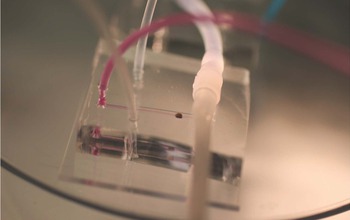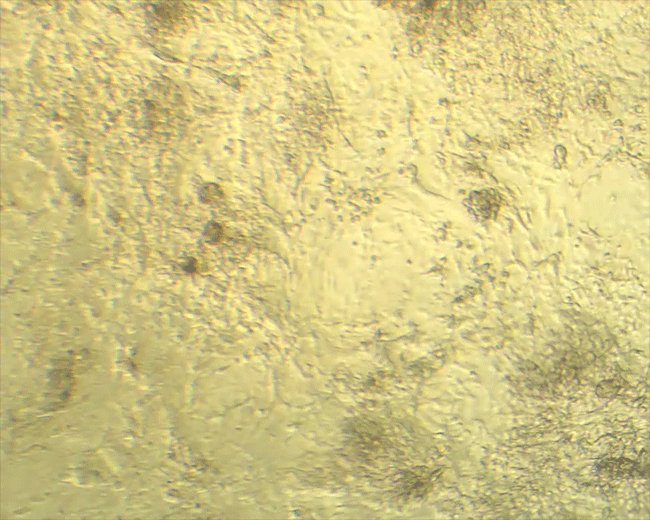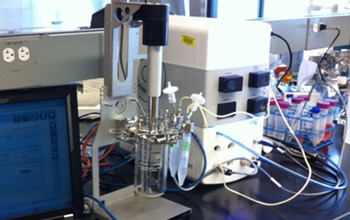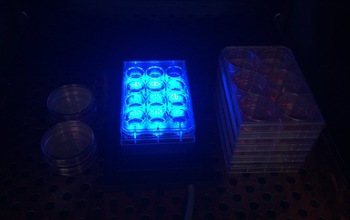All Images
Engineers investigate robust and reliable manufacturing of cells for future healthcare

The cells most desired for biomanufacturing grow naturally within a complex 3-D environment, making their extraction from living tissue very challenging. Lance Davidson of the University of Pittsburgh and Philip LeDuc of Carnegie Mellon University are developing a high-throughput cell-harvesting system using microfluidics to procure viable cells that can be used in diagnostic and therapeutic applications.
Credit: Lance Davidson of the University of Pittsburgh; Melis Hazar, Philip Leduc, and Jiho Song of Carnegie Mellon University; Yong Tae Kim, Georgia Institute of Technology; and William C. Messner, Tufts University
Download the high-resolution JPG version of the image. (104.5 KB)
Use your mouse to right-click (Mac users may need to Ctrl-click) the link above and choose the option that will save the file or target to your computer.

Sean Palecek of the University of Wisconsin-Madison is using molecular biology to program human pluripotent stem cells to develop into a heart muscle cells in the absence of external cues.
Credit: Xiaoping Bao and Sean Palecek, University of Wisconsin-Madison
Download the high-resolution GIF version of the image. (5.9 MB)
Use your mouse to right-click (Mac users may need to Ctrl-click) the link above and choose the option that will save the file or target to your computer.

Emmanuel Tzanakakis of Tufts University is investigating the cultivation of stem cells and their conversion to pancreatic islet cells in bioreactors, which may be used in the commercial production of biopharmaceuticals. Biomanufacturing techniques could one day provide cellular material for pancreatic islet replacement therapies to help people with diabetes.
Credit: Emmanuel Tzanakakis, Chemical and Biological Engineering, Tufts University
Download the high-resolution TIF version of the image. (1.2 MB)
Use your mouse to right-click (Mac users may need to Ctrl-click) the link above and choose the option that will save the file or target to your computer.

With current stem cell culture systems, activation of the fibroblast growth factor (FGF) signaling pathway affects the growth and differentiation of human pluripotent stem cells, which can develop into many other types of cells. Gabsang Lee of Johns Hopkins University is investigating how such stimulation may be achieved by illumination with blue light, which would allow researchers to precisely control stem cell behaviors without using costly recombinant proteins. If successful the approach will be expanded to other stem cell applications by controlling multiple signaling pathways.
Credit: Yohan Oh, Johns Hopkins University
Download the high-resolution JPG version of the image. (1.1 MB)
Use your mouse to right-click (Mac users may need to Ctrl-click) the link above and choose the option that will save the file or target to your computer.


